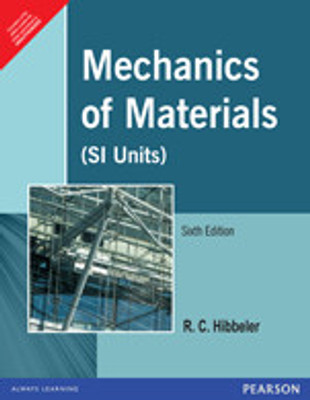ME9252 ENGINEERING MATERIALS AND METALLURGY
1. CONSTITUTION OF ALLOYS AND PHASE DIAGRAMS
Constitution of alloys – Solid solutions, substitutional and interstitials – Phase diagrams and microstructure development: Isomorphous, eutectic, peritectic, eutectoid and peritectroid alloy systems. Iron-Iron carbide equilibrium diagram, Development of microstructures in Iron- carbon alloys.
2. HEAT TREATMENT
Full annealing-stress relief, Recrystalisation- Spheroidizing, Normalising, Hardening and tempering of steel. Isothermal transformation diagrams- TTT– CCT cooling curves - Hardenability, Jominy end quench test – Austempering, martempering – case hardening, carburizing, nitriding, cyaniding, carbonotriding –flame and induction hardening – vacuum and plasma hardening – current trends- thermo-mechanical treatments- elementary ideas on sintering.
3. FERROUS AND NON FERROUS METALS
Effect of alloying additions on steel (Mn, Si, Cr, Mo, V, Ti & W)- classification of steels ( tool steel, stainless)– cast irons – alloy cast irons- Copper and Copper alloys –Aluminum and its alloys- Magnesium and its alloys– Titanium and its alloys- Nickel and Cobalt alloys, properties and applications of these materials.
4. NON-METALLIC MATERIALS
Types, properties and applications: Polymers, Ceramics and Composites– Super conductors- nanomaterials and their properties.
5. MECHANICAL PROPERTIES AND TESTING 9
Crystal imperfections- Dislocations- Strengthening mechanisms- Elastic, anelastic and viscoelastic behaviour – modulus of elasticity- plastic deformation- Mechancial tests- tension, compression, impact, hardness- effect of temperature, grain size , solutes and precipitates on dislocation dynamics – Mechancism of Fracture - mechanism of creep-creep resistant materials- creep tests- fracture toughnessductile- brittle transition –deformation mechanism maps- fatigue fracture-fatigue test.
TEXT BOOKS
1. Raghavan. V. Materials Science and Engineering”, Prentice Hall of India Pvt. Ltd, 5th edition, 2007.
2. Williams D Callister, “Material Science and Engineering” Wiley India Pvt Ltd, Revised Indian edition 2007.
REFERENCES
1. George E. Dieter, Mechanical Metallurgy, McGraw Hill, 2007.
2. Syndney H Avner, “Introduction to Physical Metallurgy”, 2/E Tata McGraw Hill Book Company, 2007.
3. Kenneth G. Budinski and Michael K. Budinski “Engineering Materials”, PHI Pearson Educations, 8th Edition, 2007.
4. G.S. Upadhay and Anish Upadhay, “Materials Science and Engineering”, Viva Books Pvt. Ltd, 2006.
5. James F. Shackelford and Madanpalli K. Muralidhara, Introduction to Materials Science for Engineers, Pearson Education, 6th edition, 2007.
6. Donald R. Askeland and Pradeep P. Phulé, The Science and Engineering of Materials, Thomson 5th edition, 2007.








![Buy Strength of Materials [Mechanics of Solids] SI units 5 Edition: Book](http://img8a.flixcart.com/image/book/9/4/5/strength-of-materials-400x400-imadh5fmeqpssybz.jpeg)
































